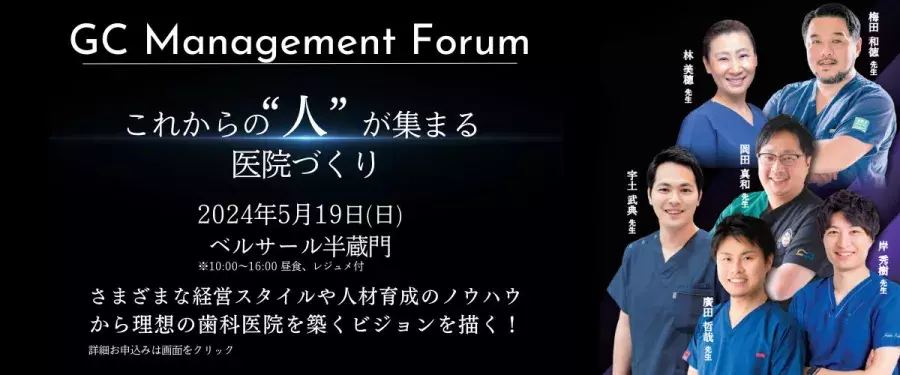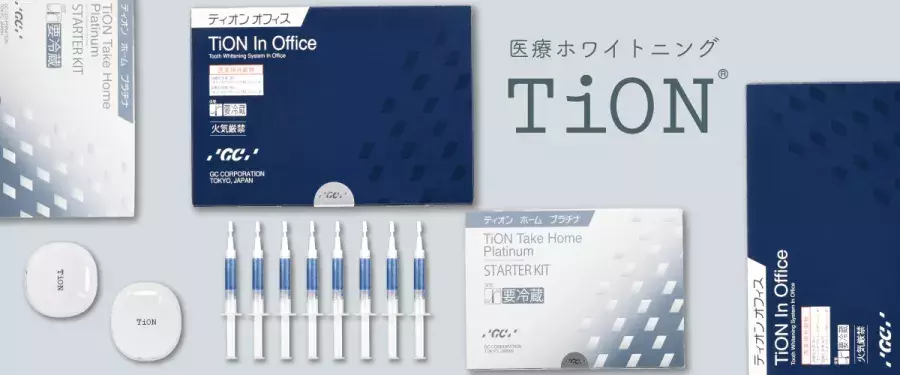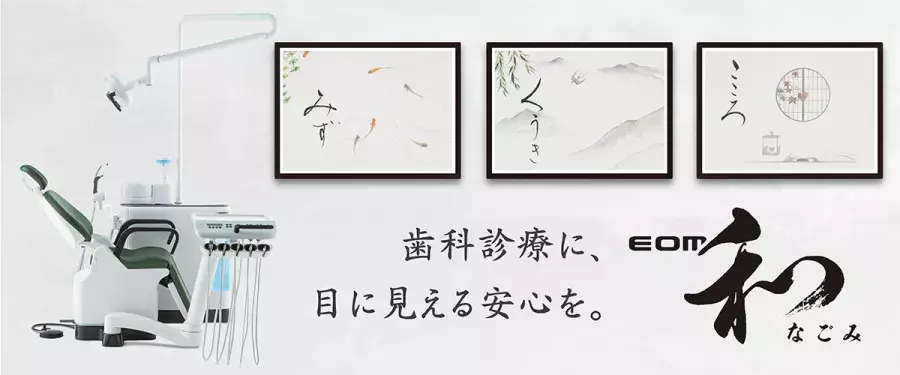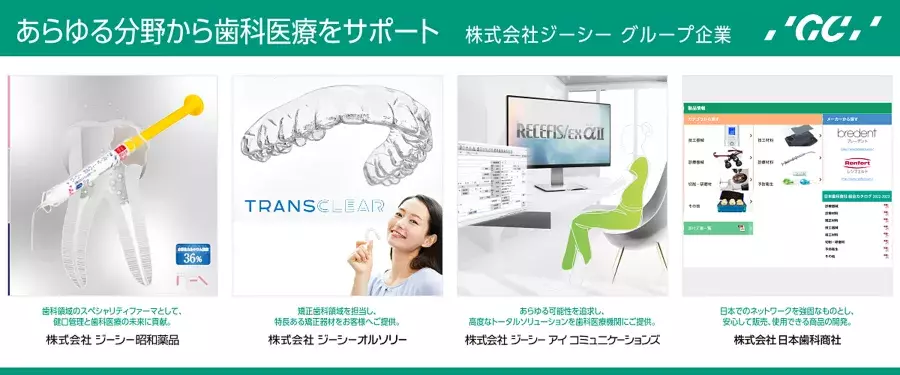|

|
Purpose: The purpose of this study was to investigate changes in Streptococcus mutans and Streptococcus sobrinus levels in saliva using TaqMan real-time PCR, once when the subjects were aged 12-13 years, and again 3 years later when the subjects were aged 15-16 years, in order to gain insights into caries prevention during adolescence.
Methods: The subjects were 88 Japanese adolescents (46 boys and 42 girls) in their first year of Tsurumi Junior High School in 2010, and in their first year of high school in 2013. Stimulated saliva was collected, and salivary S. mutans and S. sobrinus levels were obtained by real-time PCR. DMFT scores were also examined.
Results: Neither S. mutans nor S. sobrinus had formed colonies in 32 students (36.4%) at age 12-13 years, and remained undetected (<103 cells/ml) in 24 of these students (75%) 3 years later. These results suggested that individuals in whom S. mutans and S. sobrinus have not formed colonies by age 12-13 remained non-carriers (<103) for 3 years. In 9.1% of students, bacteria were detected in 2013 only, possibly due to horizontal transmission. In 5.7% of students, S. mutans and S. sobrinus were only detected in 2010, suggesting that transient flora had been detected. In 57.9% of students, bacteria were detected at both time points, indicating possible colonization. DMFT scores in S. mutans and S. sobrinus carriers tended to be higher than in non-carriers.
Conclusion: This study demonstrated the importance of inhibiting S. mutans and S. sobrinus colonization to prevent dental caries. As two or more bacterial tests must be conducted in order to determine S. mutans and S. sobrinus colonization, it is recommended that such bacterial tests be conducted at a dental clinic or during school health check-ups.
|













